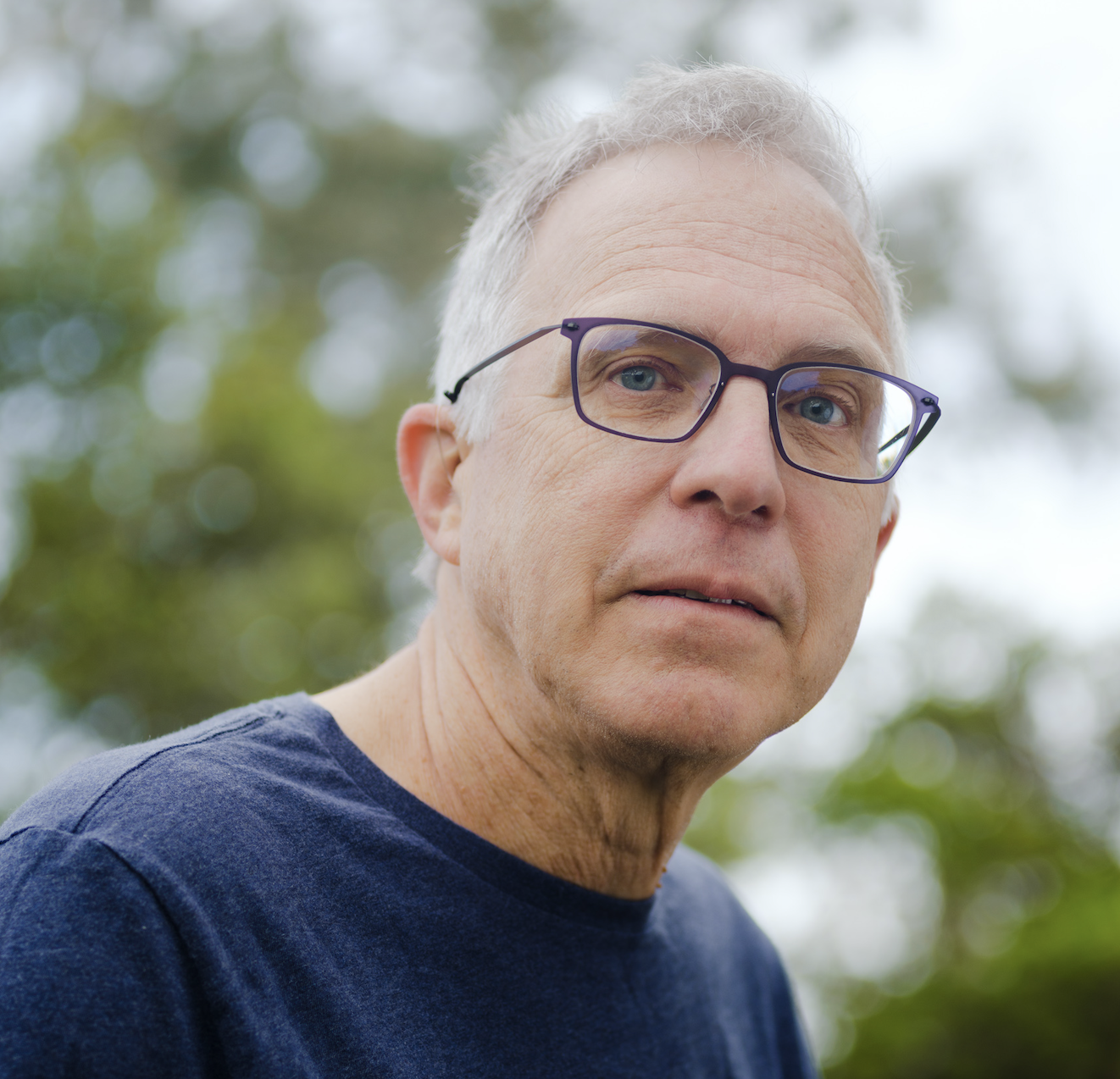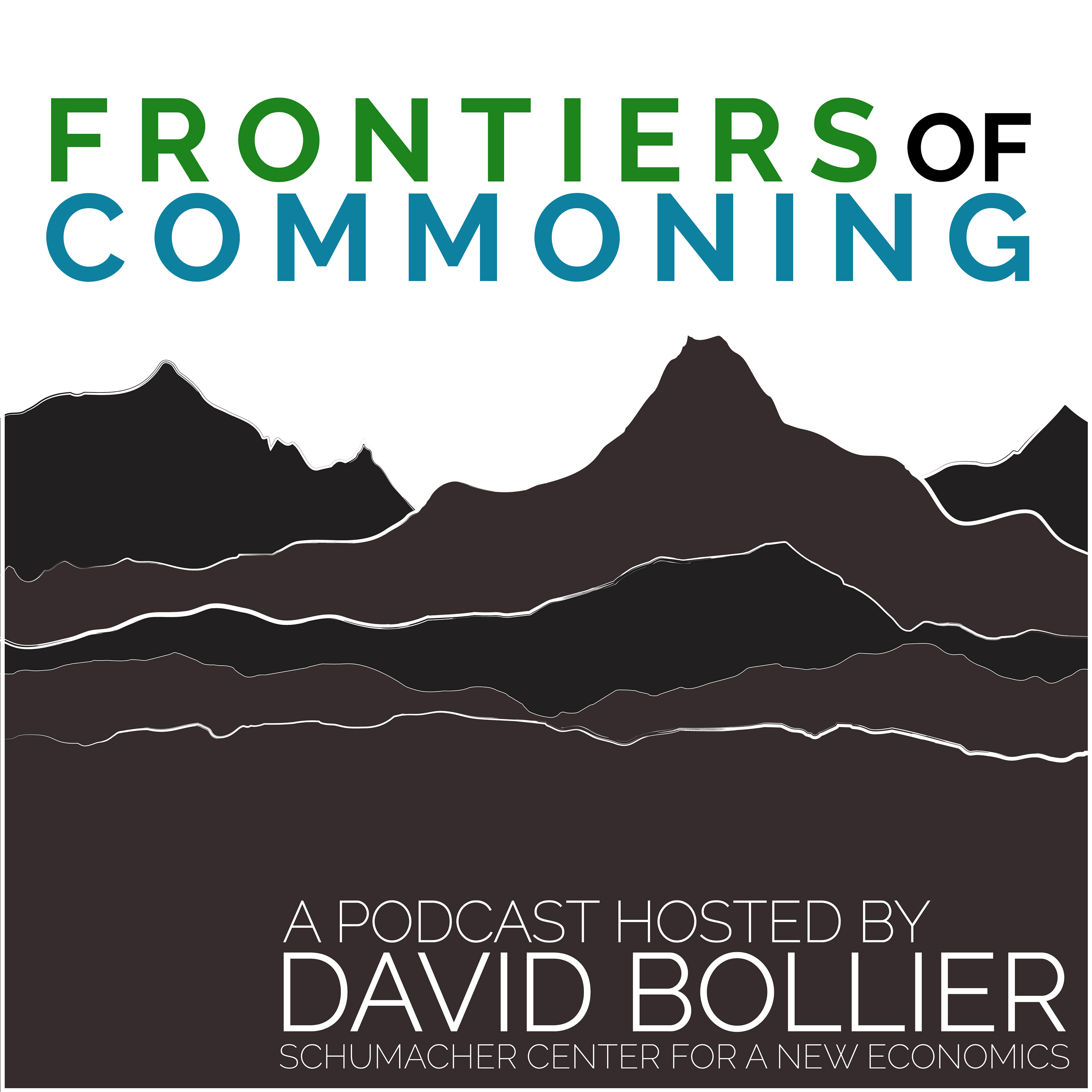AS220 Shows How to Reclaim the Cultural Commons
Two weeks ago, I had the privilege of touring an incredibly vital cultural commons in the heart of Providence, Rhode Island. My host was Bert Crenca, the artistic director of AS220. Nearly everyone knows AS220 as one of the most happening places in the city. It offers everything: rehearsal spaces, poetry slams, live music, dance performances, figure drawing, affordable work studios, a print shop, specialized art equipment, cheap apartments for struggling artists, and more.
What may be less appreciated is that AS220 is a self-sustaining creative commons (lower case). While it has all sorts of interactions with the market, government and philanthropy, it is really an unheralded model of a commons for producing and enjoying the arts. It is financially self-sustaining, independently managed, and grassroots-responsive. It is dedicated to art made by and for the people.
The “AS” in AS220 stands for “Artists’ Space”; 220 was the initial address of the distressed building it originally occupied in 1985. AS220 quickly outgrew that space and in 1992, with help from the mayor’s office and tax breaks normally used by commercial developers, acquired a 21,000 square-foot building in a blighted, drug-ridden part of town. In 2006 and 2008, AS220 bought two additional buildings nearby that have allowed the sprawling Providence arts community to grow even more. Now in its 27th year, AS220 has a budget of $2.8 million, 50 employees and hosts dozens of art projects in the three downtown buildings that it owns.
Calling AS220 a “nonprofit organization” fails to capture its real achievement or inner logic. AS220 has been able to create its own commons for the arts largely because of its ingenuity in acquiring three downtown buildings. This has allowed it to generate its own revenue streams that help it protect its autonomy and take greater risks. AS220 rents out street-level spaces to restaurants and shops that share its funky, creative ethic, which in turn has enabled AS220 to leverage that money to develop a more diversified funding base: membership fees to use studio equipment; fees for art classes; contract work for printing and computer animation; and of course the sale of artworks. AS220 also rents out cheap studio space and artists’ apartments, covering its costs while advancing the arts.







Recent comments